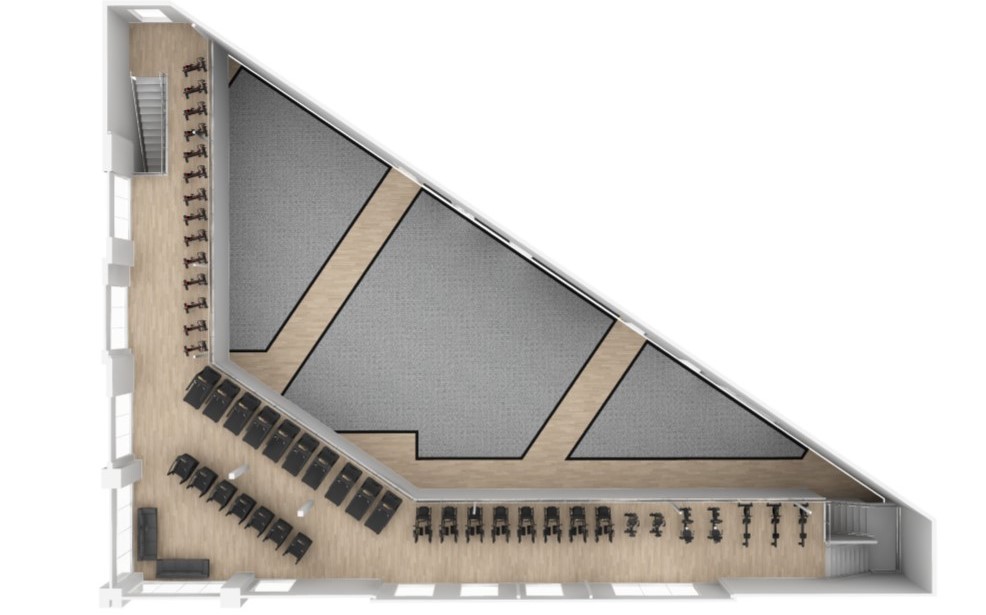
Should women take creatine?
What is Creatine?
Let us first start off by defining creatine and what its basic function is. Creatine is a substance that is naturally found in the muscle cells of the body and helps produce energy for the muscles during high intensity workouts or heavy-lifting. It is similar to amino acids and your body can produce it through amino acids: glycine and arginine. Several factors determine your body’s creatine stores including meat intake, amount of muscle mass, exercise, and levels of hormones. Creatine takes the form of phosphocreatine and about 95% of your body’s creatine is stored in the muscles through this form. The other 5% is found in the brain and in organs like your kidneys and liver.
What does Creatine do for the body?
When you decide to take supplements of Creatine you energy stores of phosphocreatine within the body increase and help your body produce a larger amount of ATP. ATP is a high energy molecule that is referred to as the human body’s energy currency. The more ATP within the body, the better you are able to perform during exercise. Additionally Creatine alters typical cellular processes that lead to increased muscle mass, recovery and strength.
So how does it work? (generally)
As stated previously the primary use for creatine is to increase phosphocreatine stores within your muscles for a better workout. “Creatine allows your muscles to sustain energy by helping to replenish ATP (adenosine tri-phosphate), the energy currency of your muscle cells. In your muscles, creatine combines with a phosphate (Pi) molecule to create a compound called phosphocreatine (PCr). In this new form, PCr plays an integral role in energy metabolism within your muscle cells, especially in activities that require shorts bursts of intense energy, like weightlifting and sprinting.” (Cassandra Forsythe, girlsgonestrong.com).
According to Healthline here are other ways creatine helps you gain muscle:
Boosted workload: Enables more total work or volume in a single training session, which is a key factor in long-term muscle growth (12 Trusted Source).
Improved cell signaling: Can increase satellite cell signaling, which aids muscle repair and new muscle growth (13 Trusted Source).
Raised anabolic hormones: Studies note a rise in hormones, such as IGF-1, after taking creatine (14 Trusted Source, 15 Trusted Source, 16 Trusted Source).
Increased cell hydration: Lifts water content within your muscle cells, which causes a cell volumization effect that may play a role in muscle growth (17Trusted Source, 18 Trusted Source).
Reduced protein breakdown: May increase total muscle mass by reducing muscle breakdown (19 Trusted Source).
Lower myostatin levels: Elevated levels of the protein myostatin can slow or totally inhibit new muscle growth. Supplementing with creatine can reduce these levels, increasing growth potential (20 Trusted Source).
Creatine supplements also increase phosphocreatine stores in your brain, which may improve brain health and prevent neurological disease




0 Comments